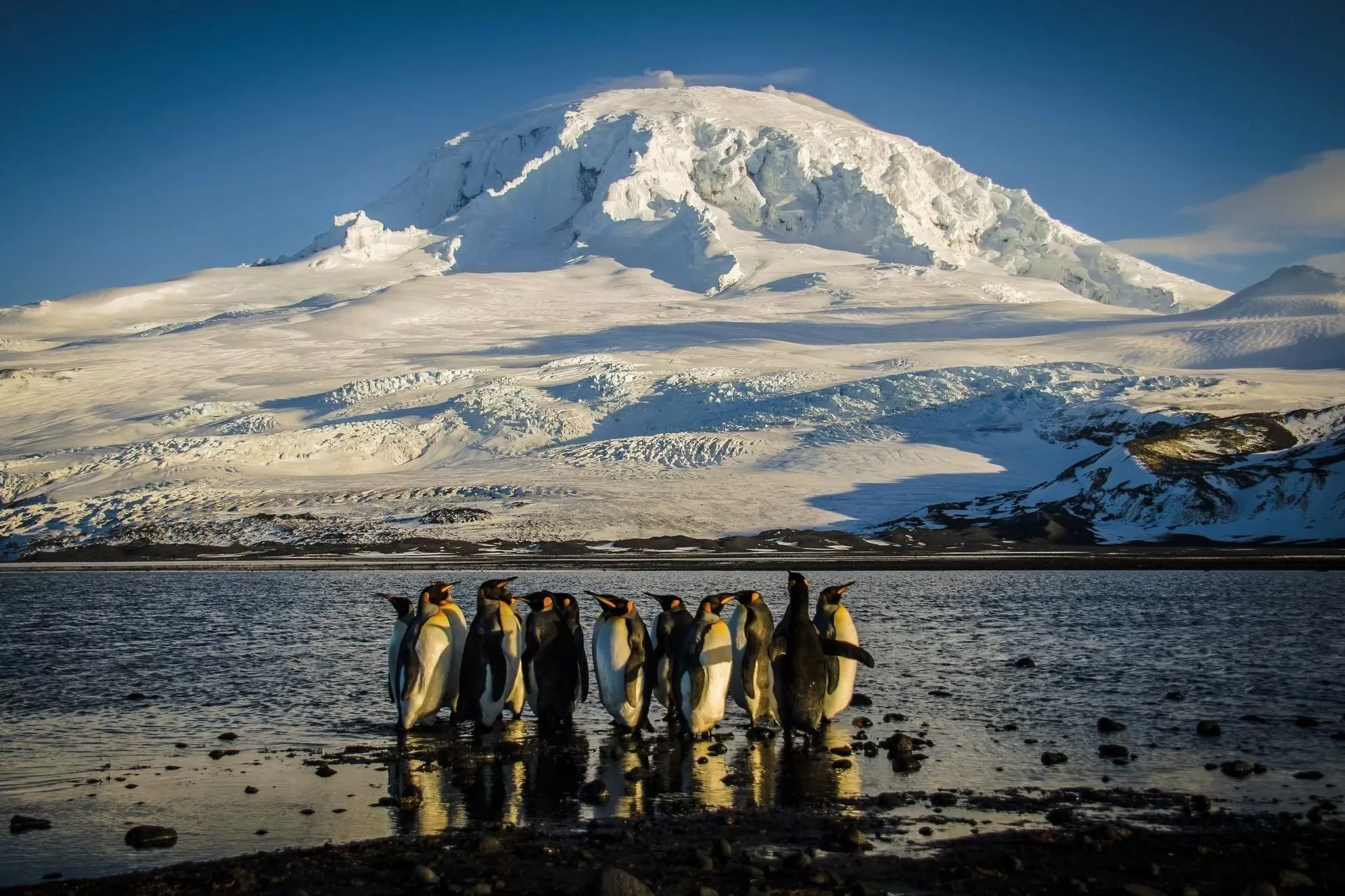The wildlife of Antarctica and the surrounding Southern Ocean are facing a growing threat, according to a recent report released at a major international conference on Antarctic marine life. The report, titled “State of Antarctic Marine Life,” highlights the urgent need for action to protect the delicate ecosystems of this remote and pristine region.
Antarctica is often thought of as a barren and inhospitable place, but in reality, it is home to a diverse array of marine life. From the majestic humpback whales to the adorable penguins, the Southern Ocean is teeming with a variety of species that have adapted to survive in this harsh environment.
However, this unique and fragile ecosystem is now facing a multitude of challenges that are putting its inhabitants at risk. The report identifies climate change, overfishing, pollution, and the introduction of non-native species as the main threats to Antarctic wildlife.
Climate change is perhaps the most pressing issue facing Antarctica and its surrounding waters. The region is experiencing some of the most rapid changes in the world, with rising temperatures and melting sea ice. This has a direct impact on the marine life, as many species rely on the sea ice for survival. For example, krill, a small shrimp-like creature that is a vital food source for many Antarctic animals, depends on sea ice for its habitat. As the sea ice disappears, so does the krill, which has a ripple effect on the entire food chain.
Overfishing is another major concern. The Southern Ocean is home to some of the most valuable fisheries in the world, and the demand for seafood continues to grow. This has led to unsustainable fishing practices, which are depleting fish stocks and disrupting the delicate balance of the ecosystem. The report calls for better management of fisheries to ensure their long-term sustainability.
Pollution is also a significant threat to Antarctic wildlife. Despite its remote location, the region is not immune to the effects of human activity. Plastic pollution, oil spills, and chemical contaminants are all finding their way into the Southern Ocean, posing a serious risk to the animals that call it home. The report urges for stricter regulations and better waste management to prevent further pollution.
The introduction of non-native species is another issue that is of great concern. As human activity in Antarctica increases, so does the risk of invasive species being introduced to the region. These species can outcompete native species for resources and disrupt the delicate balance of the ecosystem. The report highlights the need for strict biosecurity measures to prevent the spread of non-native species.
The State of Antarctic Marine Life report serves as a wake-up call for action. It is a call to governments, organizations, and individuals to come together and take immediate steps to protect the unique and fragile ecosystem of Antarctica and the Southern Ocean. The good news is that there is still time to make a difference. By implementing sustainable fishing practices, reducing carbon emissions, and promoting responsible tourism, we can help mitigate the threats facing Antarctic wildlife.
There are already some positive steps being taken to protect this pristine region. The Commission for the Conservation of Antarctic Marine Living Resources (CCAMLR) has established a network of marine protected areas in the Southern Ocean, which will help safeguard important habitats and species. However, more needs to be done, and it is essential that all stakeholders work together to ensure the long-term survival of Antarctic wildlife.
The report also highlights the need for further research to better understand the impacts of climate change and other threats on Antarctic marine life. This will help inform conservation efforts and ensure that they are effective in protecting the region’s unique biodiversity.
In conclusion, the State of Antarctic Marine Life report is a call to action to protect the incredible wildlife of Antarctica and the Southern Ocean. It is a reminder that we must act now to preserve this fragile ecosystem for future generations. By working together and taking concrete steps to address the threats facing Antarctic wildlife, we can ensure that this remote and pristine region remains a haven for some of the most incredible creatures on our planet. Let us all do our part to protect the wildlife of Antarctica and the Southern Ocean.








